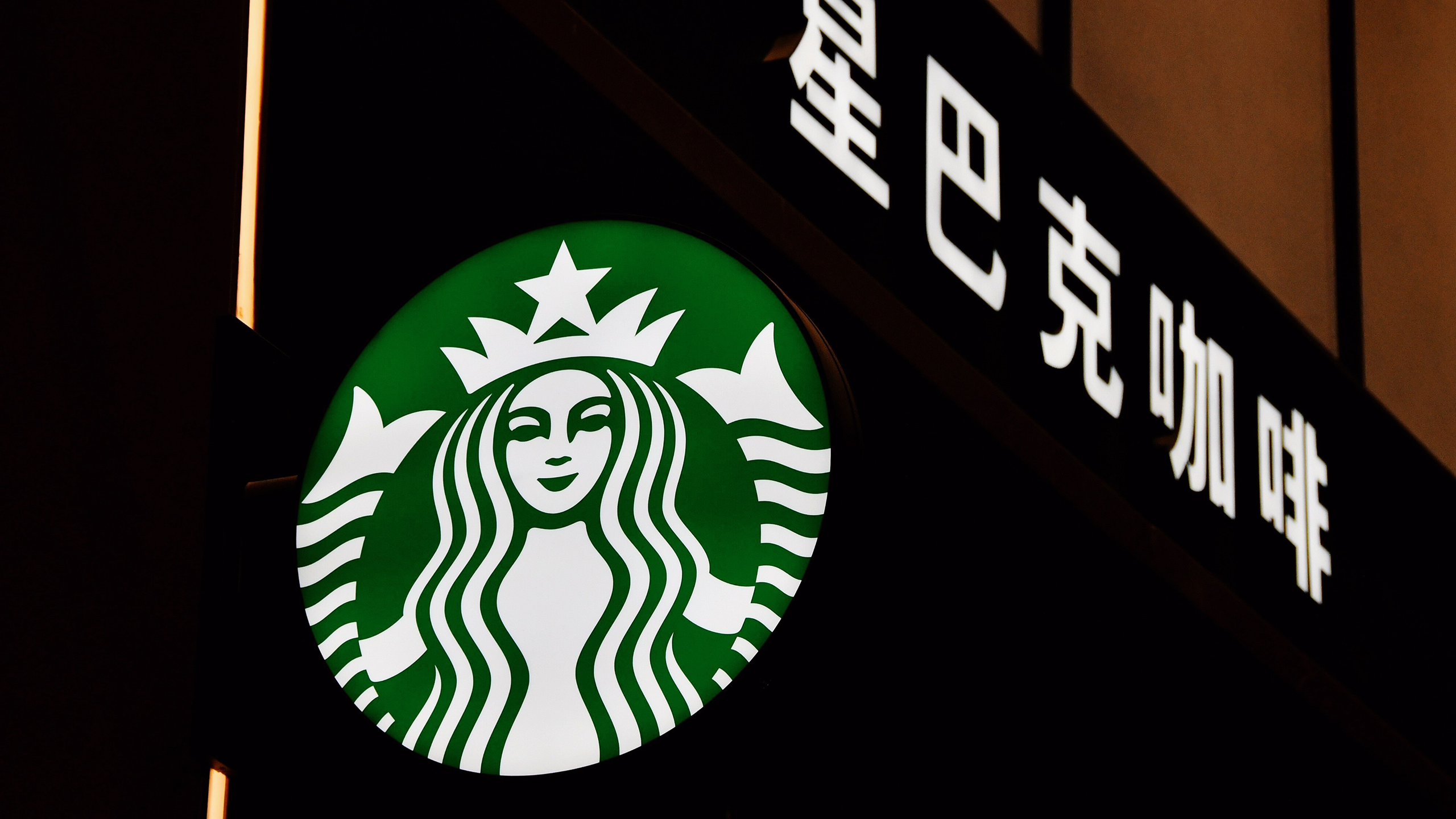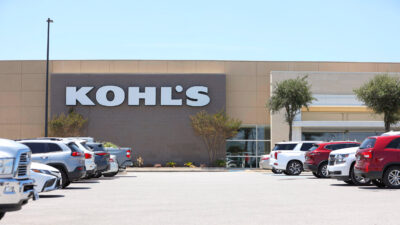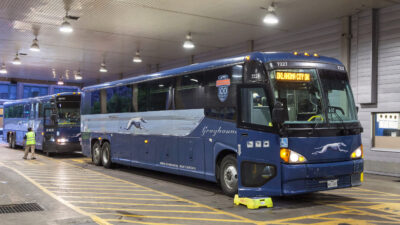Starbucks’ China Business May Need a Caffeine Jolt
In an interview with the Financial Times, Starbucks CEO Brian Niccol said the company is exploring a partial sale of its China business.

Sign up for smart news, insights, and analysis on the biggest financial stories of the day.
To succeed in the venti-sized market, Starbucks may just be looking for a tal-sized investment.
In an interview with the Financial Times published Wednesday, Starbucks CEO Brian Niccol said the company is exploring a partial sale of its China business in a bid to restore growth in the Middle Kingdom. The news comes as its biggest competitor in the market — the rapidly ascendant Luckin’ Coffee — is starting to make inroads on Starbucks’ home turf.
For All the Coffee in China
When Starbucks arrived in China in 1999, opening a location in Beijing, it practically introduced freshly brewed coffee to the world’s most populous, traditionally tea-loving (and instant-coffee-drinking) country. Since then, coffee consumption in China has exploded. Consumption grew about 18% a year from 1999 to 2005, one local executive estimated to The Wall Street Journal way back in 2007. From 2010 to 2024, consumption expanded an average 21% a year, according to industry trade publication the Global Coffee Report.
Starbucks reigned as the coffee king of the Middle Kingdom for years … until it didn’t. Luckin’ burst onto the scene in 2017 with the energy of someone on three shots of espresso and rapidly expanded to 10,000 locations by mid-2023 (Starbucks currently operates 7,758 locations in China). In 2023 alone, China saw a 58% increase in the number of operating coffee stores as Luckin’ and other local brands proliferated, according to the World Coffee Portal — bringing its total coffee shop locations to nearly 50,000, the most of any country in the world.
For Starbucks, the rise of local competition has created something of a crisis:
- Last year, Starbucks generated just $3 billion in revenue in China, a grande-sized decrease from its $3.7 billion in sales in 2021, the company’s peak year in the country.
- A major reason for the decline: The company is struggling to compete on price, with local competitors regularly offering cups of coffee at half the price of Starbucks. Just this week, Starbucks announced price cuts on iced and tea-based drinks that remain incredibly popular in China.
Home Defense: The decline is why the company has been seeking “strategic partnerships” in the region, with Niccol telling the FT that the aim is to fix its “pricing architecture” in a bid to be more competitive. Speaking of competition: More just arrived on his doorstep. Luckin’ is planning to open its first US location in lower Manhattan soon, following fellow Chinese brand Cotti into the country. The move makes plenty of sense: Despite the rapid spike this century, China annually consumes only about 5 million bags of coffee, according to the US Department of Agriculture, compared with 20 million in the US. In other words: America is still the foamy, latte-topping crème-de-la-crème market of the coffee industry.











